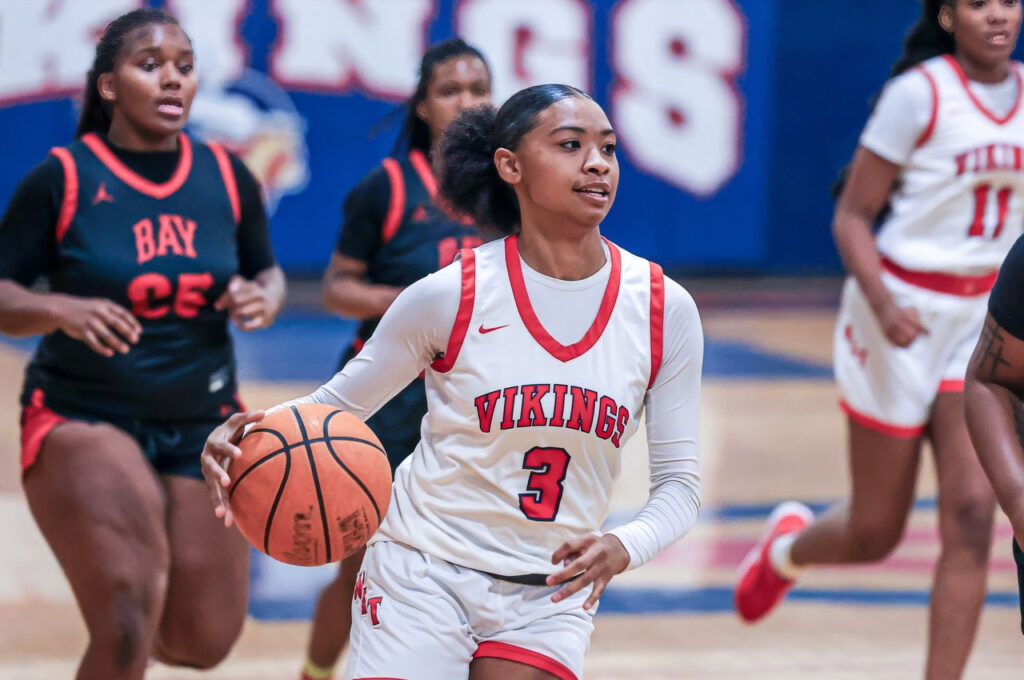It’s the holiday season, and you are throwing a festive party to celebrate the occasion. As the evening winds down, Cousin Ralph, who had a bit too much eggnog, misses the last step and slides down the driveway on the ice. Always looking for a payday, Ralph sues you for injuries, pain and suffering — and for serving him that last toddy.
Your homeowners’ liability policy may cover up to $300,000, but Ralph saw a billboard ad for an attorney wielding a hammer who believes the case is worth half a million. What happens if he prevails?
The answer in many cases is: You pay. A plaintiff who receives a legal award in excess of your insurance limits may generally go after your other assets. Today, $300,000 in coverage may not be enough. That is where a supplemental insurance product called an umbrella policy becomes invaluable.
Umbrella coverage is an additional policy laid on top of your other coverage that can pick up the difference if you experience a liability loss that is greater than your standard limits. This type of supplemental coverage is cheap for the protection it offers, starting at around $200 per year for $1 million in additional protection, and anyone with significant property or financial assets should have it.
The concept of liability insurance in the U.S. began in the late 19th century to address potential hazards faced by employers. Policies were narrowly tailored to cover specific risks like fire, work accidents, vehicle crashes and maritime incidents. As the magnitude of losses increased, a secondary market developed to tack on additional protection, known as excess liability coverage, also covering narrowly defined risks.
The first generalized add-on policy to cover multiple exposures above the standard coverage was written by Lloyd’s of London and sold to Gulf Oil in 1949. Originally called “broad form third-party excess liability” coverage, this unwieldy moniker was quickly changed to the more efficient and descriptive “umbrella” insurance. U.S. companies began offering umbrella policies to wealthier individual households around 1959, and ultimately the industry developed a standardized contract in 1997 that made supplemental coverage widely available to a broader customer base.
Some risks that homeowners face are fairly obvious, like a fall down the stairs by a visitor (or even by an Amazon porch pirate) on your property. Policies can also extend beyond the limits of coverage on your vehicles and are especially important if there are young drivers in the house. Other types of vehicles can also be included or added, like boats or RVs, although you must verify with your agent that the specific policy covers additional vehicles.
Household workers like babysitters, landscapers, contractors and housekeepers can also pose a risk when they are on your property if their company does not carry its own liability coverage.
Other risks may not be so obvious until you face one of them. Volunteering with nonprofit organizations can present liability risks if the organization does not carry its own insurance. For instance, around 2 million emergency room visits occur each year due to youth sports injuries. Coaches can be held responsible for failing to supervise properly or providing adequate instruction, and accusations of improper behavior are not unheard of. Adults who take part in potentially dangerous physical activities like hunting or skiing may be liable if they injure another party.
Do you own a dog? Fido could be just one mail carrier away from costing you your home. According to State Farm, $1.5 billion in liability claims were filed last year alleging injuries from dog bites. Do your kids have a trampoline in the back yard? Better cover it with an umbrella. Got a pool? Imagine the possibilities.
If you happen to be a social media troll, you may think you are safe. Think again. If you are found guilty of defamation including libel or slander, you can be sued. Same goes for harassment or cyberstalking, as well as invasion of privacy (exposing personal information). Damages are admittedly difficult to prove, but in any event, you would likely need to engage counsel.
And if you are a renter, you may still be exposed to substantial liability for damage and injuries that occur within your home. Renter’s policies typically cover up to $100,000 in liability. A fire caused by leaving a burner unattended could easily cost you more than that if you are found negligent.
Umbrella policies typically pay expenses that exceed your regular limits including bodily injury, damage to another person’s property, legal expenses in litigation and liability arising from personal behavior against another. They do not provide protection from criminal acts or intentional damage.
Given their relatively low cost and the peace of mind they provide, umbrella policies should be considered by pretty much anyone who owns more stuff that their various individual policies may not fully cover. Some insurance companies may not sell an umbrella policy to you unless you carry other coverage with them, but by all means shop around. Ask your agent for a recommendation. There are also many carriers who offer excellent coverage online. You should investigate the financial strength and claims history of any potential insurer, starting with AM Best. You can also check customer reviews (as you would with a new toaster from Walmart).
Litigation is a way of life in modern society. and the cost of being underinsured could be catastrophic in a worst case scenario. A modest investment in an umbrella policy can put your mind at ease and let you enjoy the party, even if Ralph is in his cups again.
Christopher A. Hopkins, CFA, is a co-founder of Apogee Wealth Partners in Chattanooga.

























































